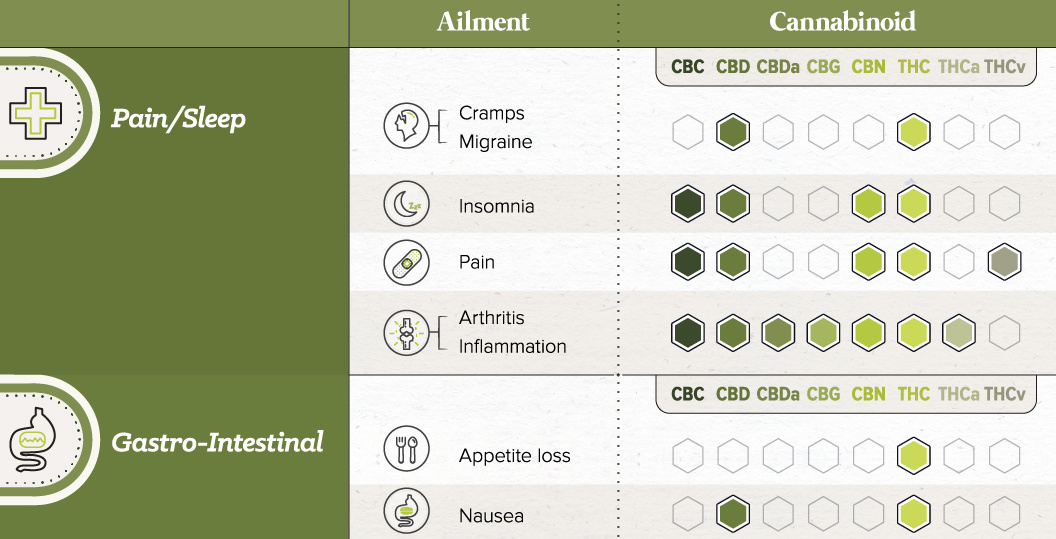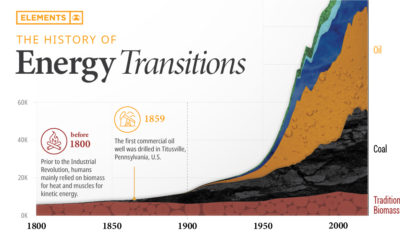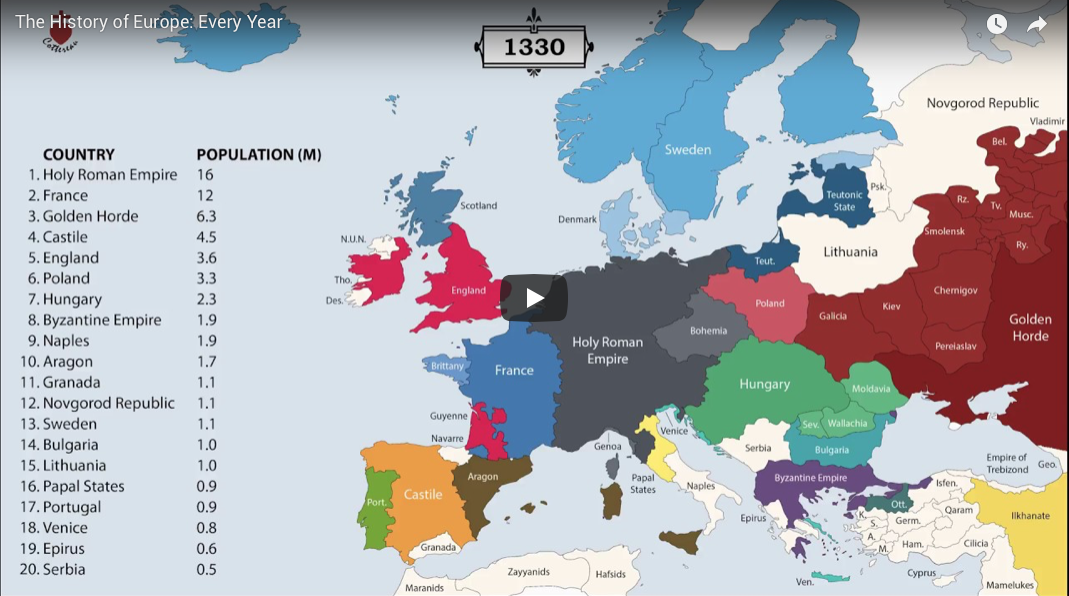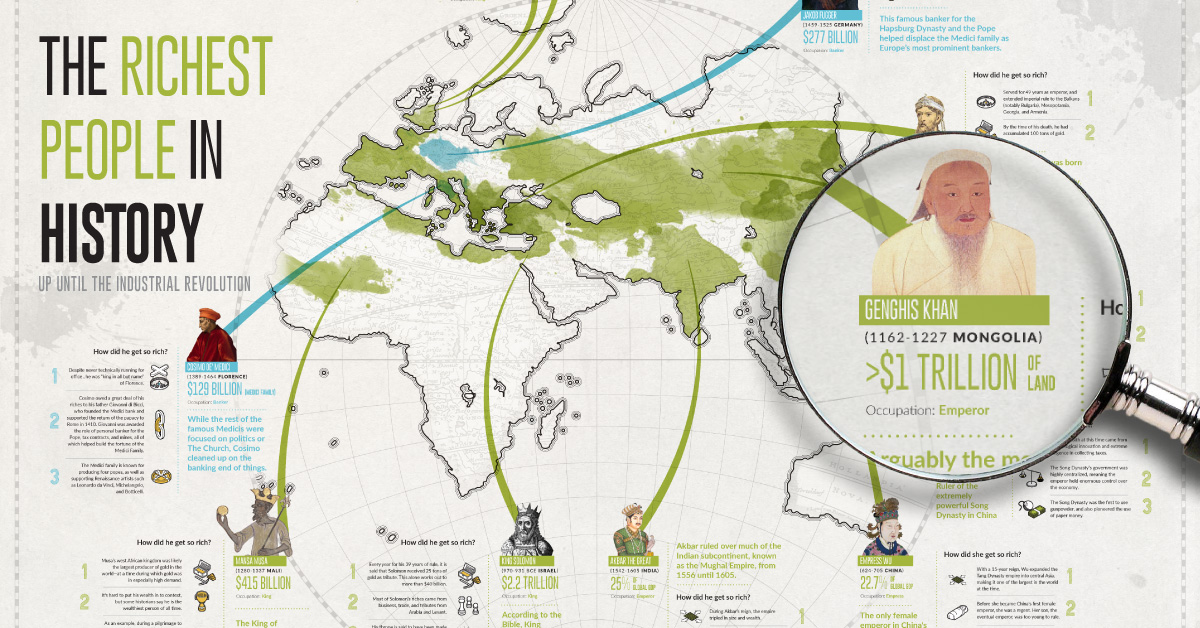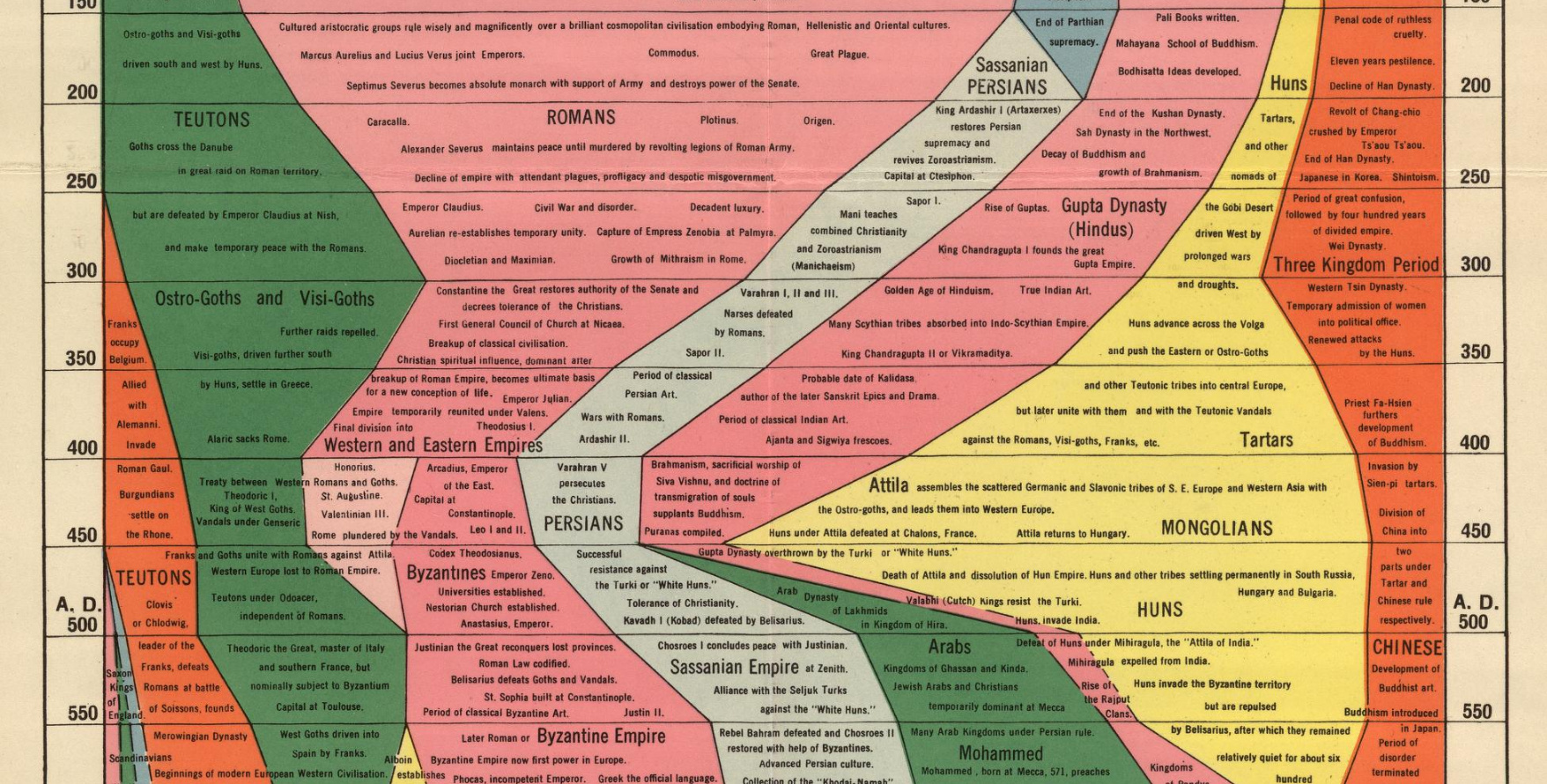Cannabis
The Science Behind the $13 Billion Medical Cannabis Industry

The Science Behind the Medical Cannabis Industry
There’s nothing quite like cannabis in the plant kingdom. Beneath its humble surface, over 750 unique compounds exist within – all of which have helped propel the cannabis industry into the multi-billion dollar market it is today.
Today’s infographic from The Green Organic Dutchman takes a deep dive into the cannabis components which contribute to its therapeutic potential, how it interacts with the human body, and the ways it can be consumed.
The Chemical Effects of Cannabis
While many people would be familiar with THC and CBD as the two major cannabinoids, there are a few lesser-known cannabinoids which also play important roles: Cannabichromene (CBC), Cannabigerol (CBG), Cannabinol (CBN), Tetrahydrocannbivarin (THCv), and Tetrahydrocannabinolic acid (THCa).
In different combinations, they work together with terpenes – aromatic oils that are present in most plants – to provide relief for a variety of ailments.
| Category | Cannabinoid | Ailment |
|---|---|---|
| Pain/ Sleep | CBD, THC | Cramps, Migraine |
| CBC, CBD, CBN, THC | Insomnia | |
| CBC, CBD, CBN, THC, THCv | Pain | |
| CBC, CBD, CBDa, CBG, CBN, THC, THCa | Arthritis, Inflammation | |
| Gastro-Intestinal | THC | Appetite loss |
| CBD, THC | Nausea | |
| CBD, THCv | Diabetes | |
| CBD, THC, THCa | Crohn’s disease | |
| Mood/ Behavior | CBD, CBG | Anxiety |
| CBD, THC | ADD/ADHD, Stress | |
| CBD, CBG, THC | Bipolar disorder, OCD, PTSD | |
| CBC, CBD, CBG, CBN, THC | Depression | |
| Neurological | CBC, CBD, CBG, CBN, THC, THCa | Amyotrophic Lateral Sclerosis (ALS) |
| CBC, CBD, CBG, THC, THCa | Parkinson’s, Alzheimer’s | |
| CBD, CBN, THC, THCa | Multiple Sclerosis | |
| CBD, CBN, THCa, THCv | Epilepsy, Seizures | |
| Other | CBC, CBD, CBDa, CBG, THC, THCa | Cancer |
| THC | Fatigue |
When cannabinoids and terpenes interact, the human endocannabinoid system is already equipped to deal with the entourage effects that are created.
Modern-Day Medical Cannabis
It’s clear that many cultures embraced cannabis long before scientific research came into play. Its therapeutic properties were widely recorded and extolled around the world.
After decades of restricted access and stigma, the tide is turning back towards what our ancestors discovered long ago. Millions of patients rely on medical cannabis today, with Canada and Israel paving the way in cannabis research.
- Canada
Medical cannabis has been legal nationwide since 2001, aiding scientists in studying its effects.
Funding: CAD$1.4 million (US$1.05 million) invested by the government towards research projects. - Israel
Since the 1990s, medical cannabis has been legal for patients of cancer, chronic pain, and PTSD.
Funding: 8 million shekels (US$2.16 million) annual government funding to support innovation.
Back in the day, typically only dried cannabis flower was used. However, consumption methods have evolved into three broad categories today: ingestion, inhalation, and application.
- Ingesting
The dosage of cannabis consumed is easy to control using edibles or beverages, tinctures or sprays, and capsules. - Inhalation
The effects of cannabis are quickly felt through smoking, vaporizing, and/or dabbing concentrates. - Application
Transdermal patches and topicals like balms offer localized relief through a controlled dose.
Each of these methods have their own pros and cons, but in the end, they all offer the medical cannabis patient with a wide variety to choose from. Some of these forms, such as topicals and edibles, even lend themselves to the rapidly growing consumer cannabis segment.
In the seventh part of this series, we’ll delve into the rise of retail that’s set to disrupt the cannabis industry.
Politics
Timeline: Cannabis Legislation in the U.S.
At the federal level, cannabis is illegal, but state laws differ. This graphic looks at the timelines of cannabis legislation in the U.S.
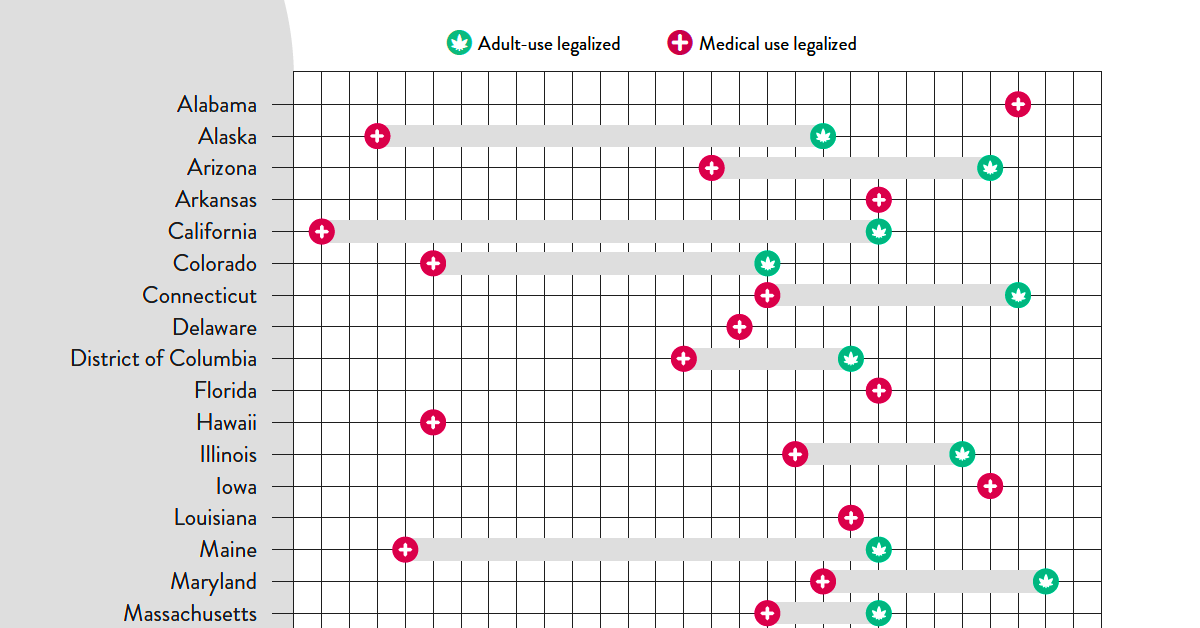
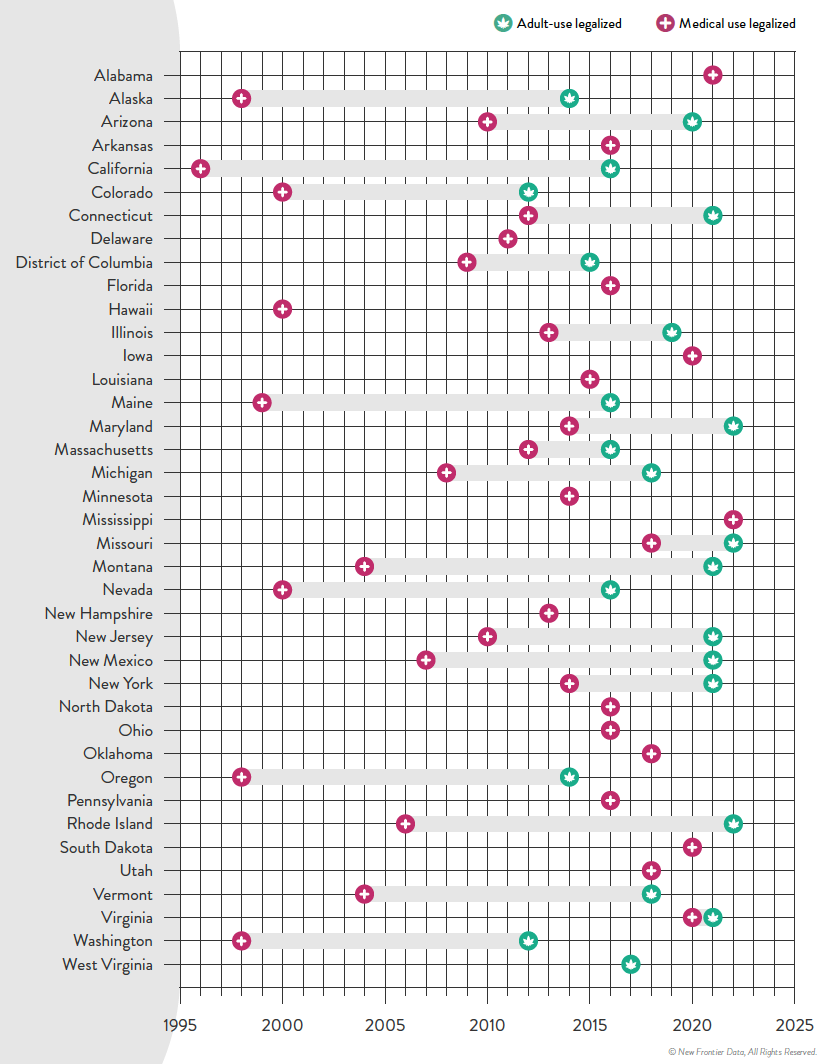
Timeline: Cannabis Legislation in the U.S.
At the federal level, cannabis is still considered an illegal substance. That said, individual states do have the right to determine their own laws around cannabis sales and usage.
This visual from New Frontier Data looks at the status of cannabis in every state and the timeline of when medical and/or recreational use became legal.
Cannabis Through the Years
In the U.S., the oldest legalese concerning cannabis dates back to the 1600s—the colony of Virginia required every farm to grow and produce hemp. Since then, cannabis use was fairly wide open until the 1930s when the Marihuana Tax Act was enforced, prohibiting marijuana federally but still technically allowing medical use.
Jumping ahead, the Controlled Substances Act was passed in 1970, classifying cannabis as Schedule I drug—the same category as heroin. This prohibited any use of the substance.
However, the 1970s also saw a counter movement, wherein many states made the move towards decriminalization. Decriminalization means that although possessing cannabis remained illegal, a person would not be subject to jail time or prosecution for possessing certain amounts.
By the 1990s, some of the first states passed laws to allow the medical usage of cannabis, and by 2012 two states in the U.S.—Washington and Colorado—legalized the recreational use of cannabis.
Cannabis Legislation Today and Beyond
The MORE Act (the Marijuana Opportunity Reinvestment and Expungement Act) was passed in the House early 2022, and if made law, it would decriminalize marijuana federally.
“This bill decriminalizes marijuana. Specifically, it removes marijuana from the list of scheduled substances under the Controlled Substances Act and eliminates criminal penalties for an individual who manufactures, distributes, or possesses marijuana.”– U.S. Congress
Cannabis still remains illegal at the federal level, but at the state levels, cannabis is now fully legal (both for medicinal and recreational purposes) in a total of 22 states.
Over 246 million Americans have legal access to some form of marijuana products with high THC levels. Looking to the future, many new cannabis markets are expected to open up in the next few years:
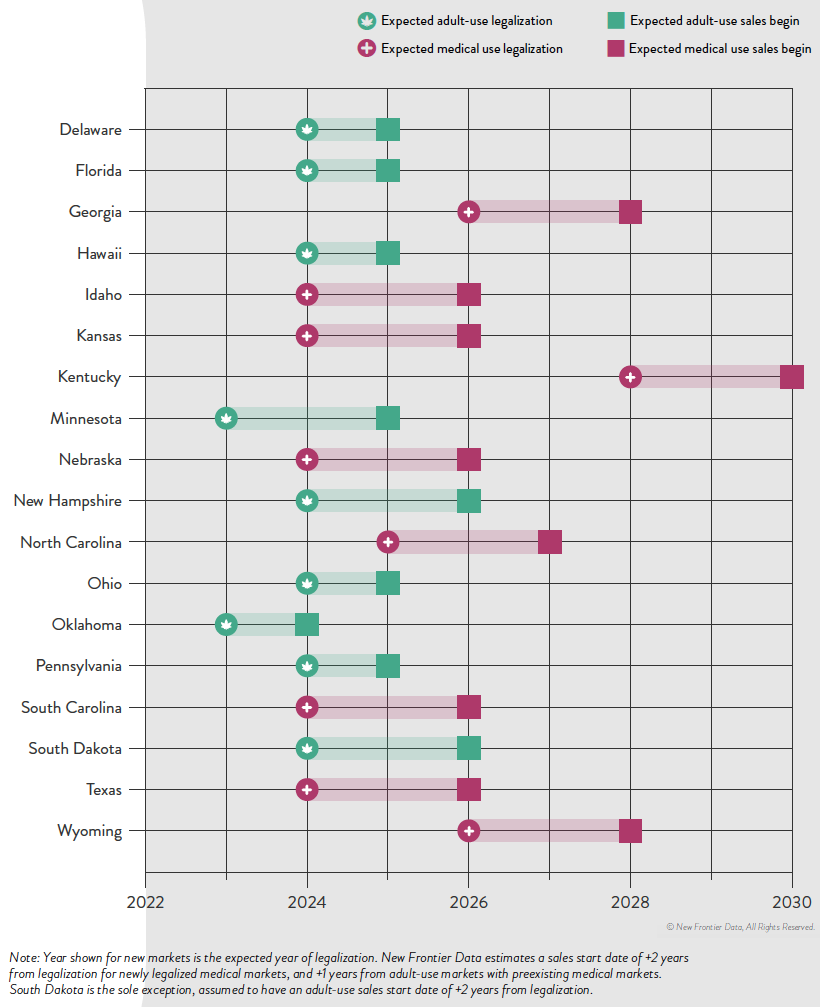
The earliest states expected to open up next for recreational cannabis sales are Minnesota and Oklahoma. There is always a lag between legalization and actual sales, wherein local regulatory bodies and governments set standards. States like Kentucky, on the other hand, aren’t likely to even legalize medicinal cannabis until 2028.
It’s estimated that by 2030, there will be 69 million cannabis consumers in the country, up 33% from 2022.
Overall, the U.S. cannabis market is likely an important one to watch as legal sales hit $30 billion in 2022. By the end of the decade, that number is expected to be anywhere from $58 billion to as much as $72 billion.
-

 Real Estate2 weeks ago
Real Estate2 weeks agoVisualizing America’s Shortage of Affordable Homes
-

 Technology1 week ago
Technology1 week agoRanked: Semiconductor Companies by Industry Revenue Share
-

 Money1 week ago
Money1 week agoWhich States Have the Highest Minimum Wage in America?
-

 Real Estate1 week ago
Real Estate1 week agoRanked: The Most Valuable Housing Markets in America
-

 Business2 weeks ago
Business2 weeks agoCharted: Big Four Market Share by S&P 500 Audits
-

 AI2 weeks ago
AI2 weeks agoThe Stock Performance of U.S. Chipmakers So Far in 2024
-

 Misc2 weeks ago
Misc2 weeks agoAlmost Every EV Stock is Down After Q1 2024
-

 Money2 weeks ago
Money2 weeks agoWhere Does One U.S. Tax Dollar Go?









